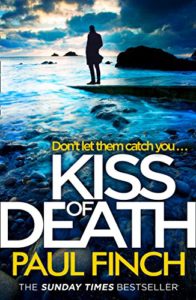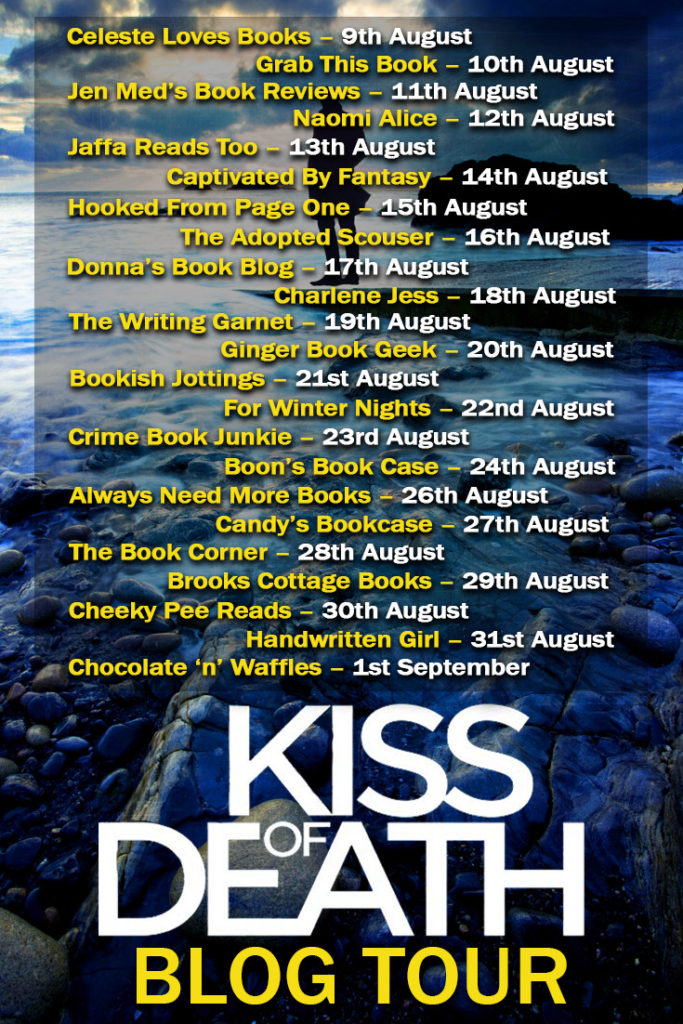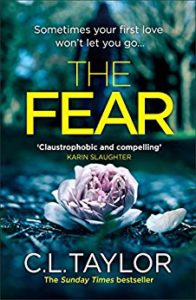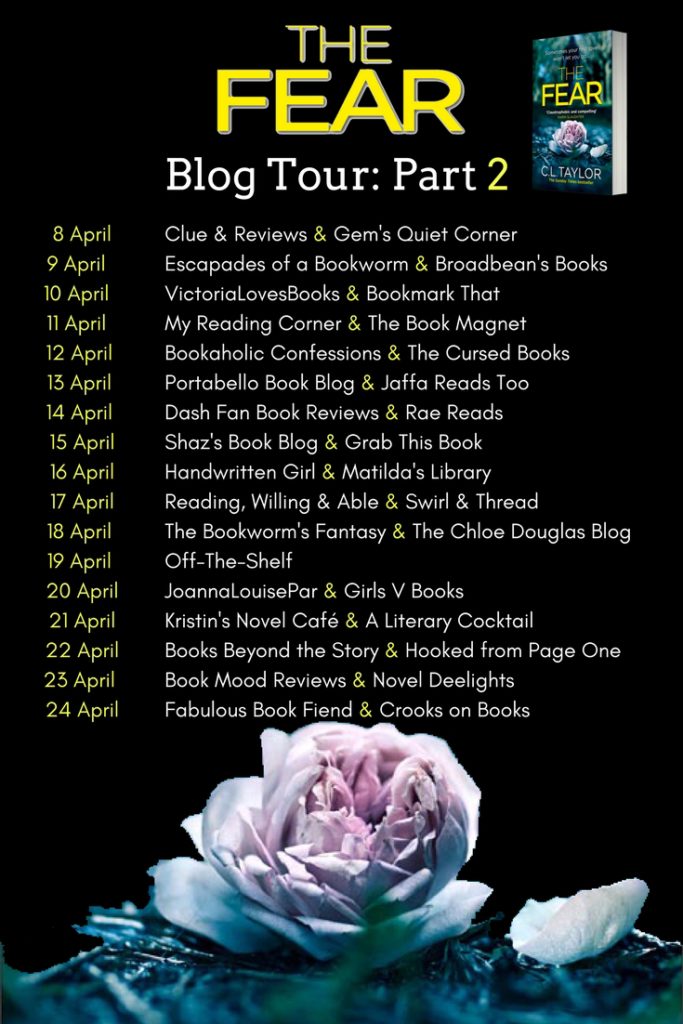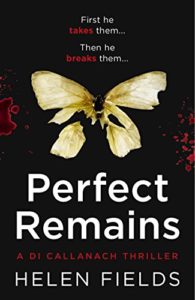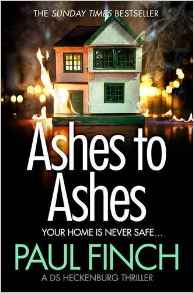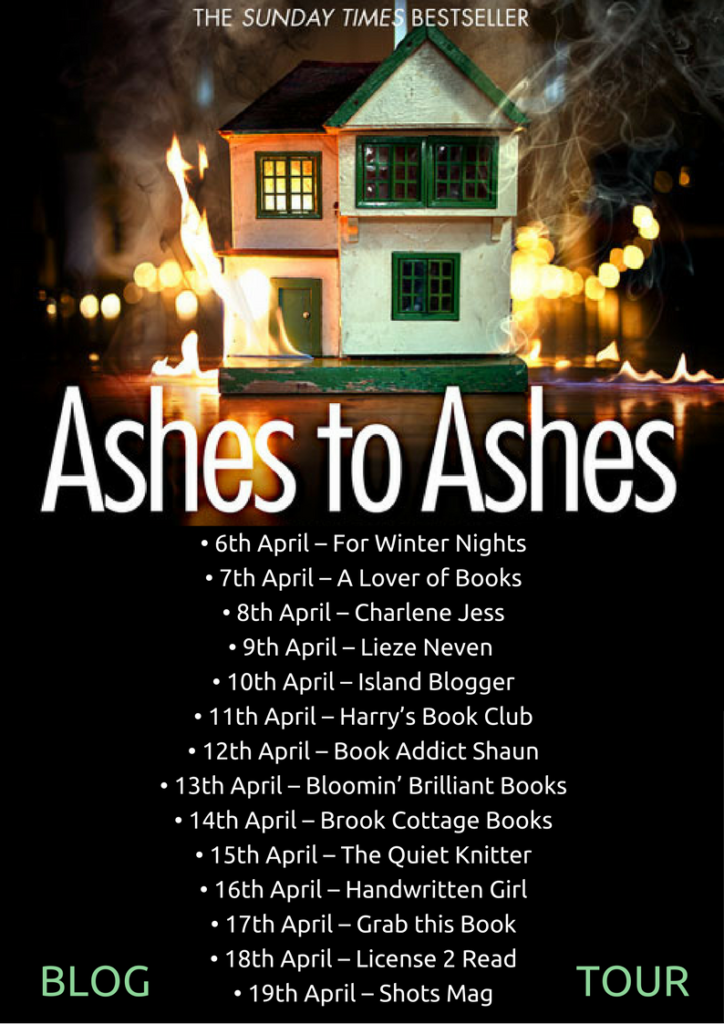Regular visitors to Grab This Book will possibly have worked out that I very much enjoy books which feature recurring characters. I love to see characters develop over time and I look forward to regular reunions with Jack Reacher, Charlie Parker, The Ankh Morpork City Watch and many, many others.
While writing reviews of new books I sometimes worry that we lose sight of the other books written by the author we are championing that day. This is particularly important where we are singing the praises of book 4 in a series but glossing over the earlier parts of what is essentially the same tale!
So A Series Business was born (with thanks to Kate at Bibliophile Book Club for the name). My hope is that I can chat with authors about writing recurring characters, planning for a long-game and give them a chance to showcase ALL their work and not just the latest release.
My first guest is Marnie Riches:
 I never begin with a question. Could I ask you to introduce yourself and ask you to ensure you take full advantage of this opportunity to plug your books?
I never begin with a question. Could I ask you to introduce yourself and ask you to ensure you take full advantage of this opportunity to plug your books?
I’m Marnie Riches, the author of two best-selling crime-fiction series. Before I wrote crime, I wrote for children and penned the first six books in HarperCollins’ children’s series for 7+ year olds – Time Hunters. Before I wrote for children, I was a professional fundraiser but have also been a trainee rock star, a low-rent Sarah Beeny and a pretend artist. Before all that, I grew up on one of the roughest estates in Manchester but went to Cambridge University to study Modern & Medieval German & Dutch – a must for any author whose characters are continent-hoping Europhiles!
My debut thriller was The Girl Who Wouldn’t Die – the first outing for Georgina McKenzie, a criminologist and all-round kickass young woman who has come to navigate the international underbelly of the modern world in a bid to fight traffickers, gangsters and murderers. With some autobiographical nuggets hidden in her backstory, this series has grown to incorporate a further four titles, the latest being The Girl Who Got Revenge: a twisty, fast-paced tale where guilty war-time secrets collide with the horrors of contemporary people-trafficking and the hot topic of illegal immigration. My debut won a Dead Good Reader Award in 2015 for having the most exotic location, and it seems Amsterdam, Cambridge and London is a perennially popular trio of settings for crime-thrills, as readers have stayed with me for the ride.
My second series is set in Manchester and is a rather different gritty and gripping saga of Manchester’s crime families. Born Bad was released in 2017 and The Cover-Up followed in January 2018, bringing a slice of Mancunian gangland to the publishing world – and I’d know! I grew up in the armpit of north Manchester. What I don’t know about the city’s sink estates isn’t worth writing about.
As the purpose of A Series Business is to discuss the George McKenzie books could you now introduce us to George?
Georgina McKenzie is my response to Stieg Larrson’s character, Lisbeth Salander. I had read the Millennium Trilogy avidly at a time when I had been hoping to become a children’s author. But I found Scandi Noir and surly, no-bullshit Salander in particular so captivating that I decided back in 2010 that I would write my own response to Scandi Noir with my very own heroine. She would be so recognisably like every woman and yet, so much…better. George is from the mean streets of South East London but has shrugged off her urban-ghetto-beginnings to gain a Cambridge University education. Through sheer hard work and determination, she carves a career as a criminologist for herself – able to understand how the criminal mind works, thanks to her shady past. It is her Erasmus year in Amsterdam that first embroils her in a tricky case of serial murder. When she and Inspector Paul van den Bergen meet, their chemistry binds them instantly, and there begins a side-line for George where she is drafted in as a consultant to help the Dutch police on the trickiest of trans-national trafficking cases and hunts for dangerous killers. When a twelve year old Syrian girl is found dead in the back of a heavy goods vehicle in the Port of Amsterdam in The Girl Who Got Revenge, George is called on yet again to help piece together a terrible puzzle.
Had it always been your intention to build a series around a recurring character?
Yes. I guess it must have been. I think when you have a character with such a rich backstory and complicated, dysfunctional family life (which may or may not be inspired by my own family *coughs*), further adventures simply present themselves. A good, believable lead character should always drive the plot and with George in the driving seat, it felt natural to buckle up for a journey that would take me to some unexpected places. I do love series and I think readers do too. After all, it’s great to finish a book that blew you away and find there are more to read!
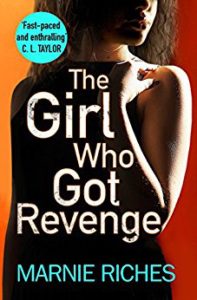 Have you a character path mapped out and are you building up towards key events? Or is the future for George still unclear, even to you?
Have you a character path mapped out and are you building up towards key events? Or is the future for George still unclear, even to you?
With the fifth George book having just published, the future for George is very unclear. The Girl Who Got Revenge is getting great reviews and has appeared only three years since the publication of The Girl Who Wouldn’t Die and The Girl Who Broke the Rules. In that time, however, George has aged by ten years. I felt that as I was ageing – and my life has been really fraught with melodrama over the last few years, so I feel like I’ve crammed a good decade of living into a shorter time-frame – George needed to age too. So, where I take her next will depend rather on what happens in my own life. George McKenzie is not me, but she and her stories rely on whatever mayhem is happening in my life to inform her fate, I’m afraid! Change is always afoot…
Have you written anything thus far in the series which you now wish you could undo?
No. Actually, I haven’t. I’m very happy with the path that George has been following. If Jo Nesbo can bring Harry Hole back for sequel after sequel, George can do anything, armed only with hairspray, blister plasters and sanitary products!
Do you include “spoilers” from earlier stories in subsequent books? If I were to be reading out of order could I possibly learn of a character death or a murderer’s identity which was a twist in an earlier story?
I try hard to avoid spoilers to ensure that people can safely read the series out of sequence. My various editors have always pushed me to include more detail for readers coming fresh to the series, and I have resisted including too much for that very reason and also the fact that it feels like an information dump, to me. I do weave in just enough detail so that it’s easy to get a handle on who’s who, though. I allude vaguely to what has gone before but I hope I never reveal twists or identities. It’s a difficult stunt to pull off, five books in!
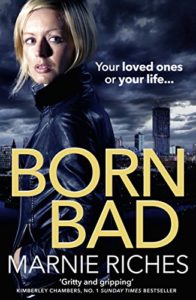 In my Manchester series, there is such a big twist at the end of Born Bad which informs the story of The Cover-Up that I had to work really hard not to ruin the experience for readers. The blurb on the back cover of The Cover-Up gives a momentus happening in Born Bad away, but it was just unavoidable! The main twist should still come as a surprise, though.
In my Manchester series, there is such a big twist at the end of Born Bad which informs the story of The Cover-Up that I had to work really hard not to ruin the experience for readers. The blurb on the back cover of The Cover-Up gives a momentus happening in Born Bad away, but it was just unavoidable! The main twist should still come as a surprise, though.
Do your characters age in real time, living through current events and tech developments ore are they wrapped in a creative bubble which allows you to draw only on what you need for the latest book?
No, as I mentioned earlier, George and Van den Bergen have undergone an accelerated ageing process. I have to say, it’s far more satisfying in terms of drawing the character arcs for the series if you move people’s personal relationships and ages on. You change as a person as you get older and that impacts on your relationships, your priorities and how you behave. The Manchester series follows a more realistic timeline, though. There was almost a year between the publication of those books and that’s about right for how time elapses for Sheila O’Brien, Gloria Bell and the lovely Leviticus Bell.
Can a George McKenzie novel end in a cliff-hanger or does each story demand a resolution?
Well, I know readers don’t generally like cliff-hangers, but in a long running series, you have to put one in sometimes to keep yourself, as a writer, wanting more and to keep the reader hooked. I do tend to resolve each distinct story in the course of a novel, but it’s George’s journey that I can play games with because that’s a continuing and evolving thing. There’s an almighty cliff-hanger at the end of The Girl Who Walked in the Shadows. Naughty, I know, but I just had to!
Colin Dexter famously killed off Inspector Morse. Agatha Christie wrote Poirot’s death and then released dozens more Poirot stories before Curtain was published. Will there ever be a “final” George McKenzie story?
Having seen how other authors have killed off their main characters and have then had to back-track because their publishers have demanded a further instalment in the series, I would say it’s unlikely I’d ever kill George or Van den Bergen off. I love them too much. I have no compunction in axing characters from my Manchester series, because that’s how gangland works in real life. Gangs go to war and there are always casualties, after all. Manchester’s recent history is littered with anecdotes about players who have been gunned down in cold blood. But with George…I want to keep the door open for her. She’s too interesting and loveable not to!
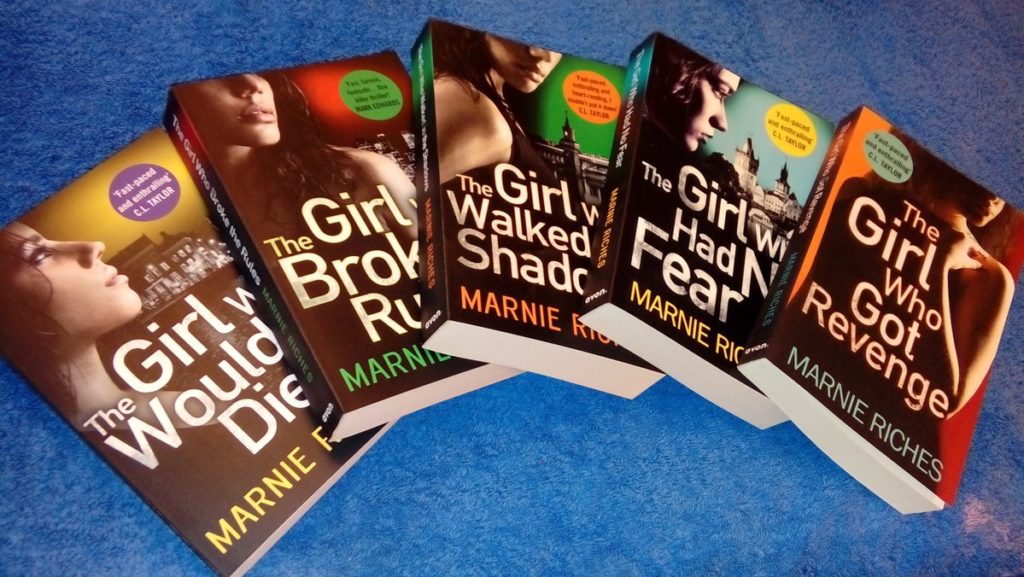
Huge thanks to Marnie for taking time to join me today. You can find all Marnie’s books through the attached link: https://www.amazon.co.uk/Marnie-Riches/e/B00WBJZ364/ref=sr_ntt_srch_lnk_1?qid=1526028951&sr=1-1
 When silence falls, who will hear their cries?
When silence falls, who will hear their cries?